Patterns
Kits
sundries
knitting tools, buttons and notions, project bags and other pleasing little things
knitting tools, buttons and notions, project bags and other pleasing little things
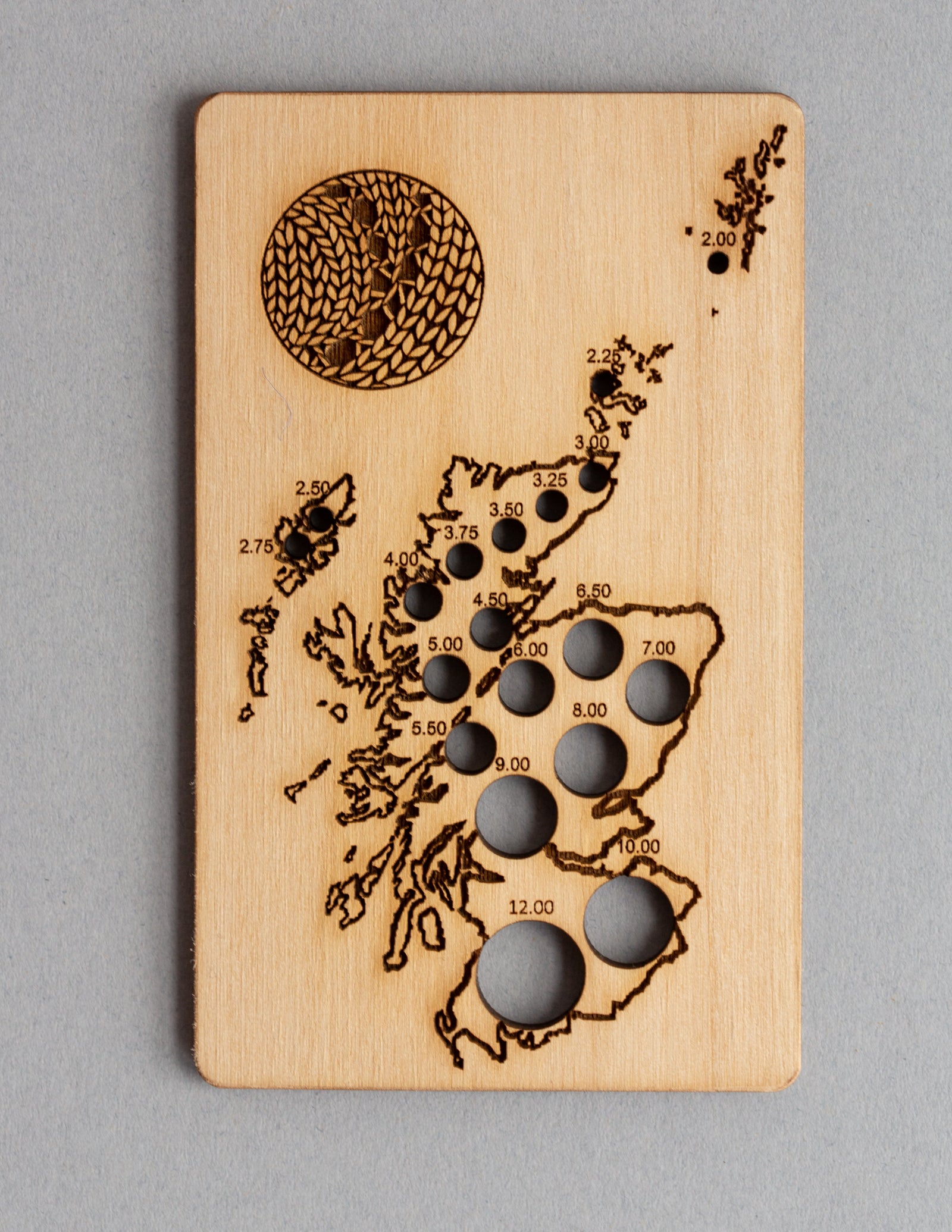
Exclusive Scotland needle gauge by Katrinkles
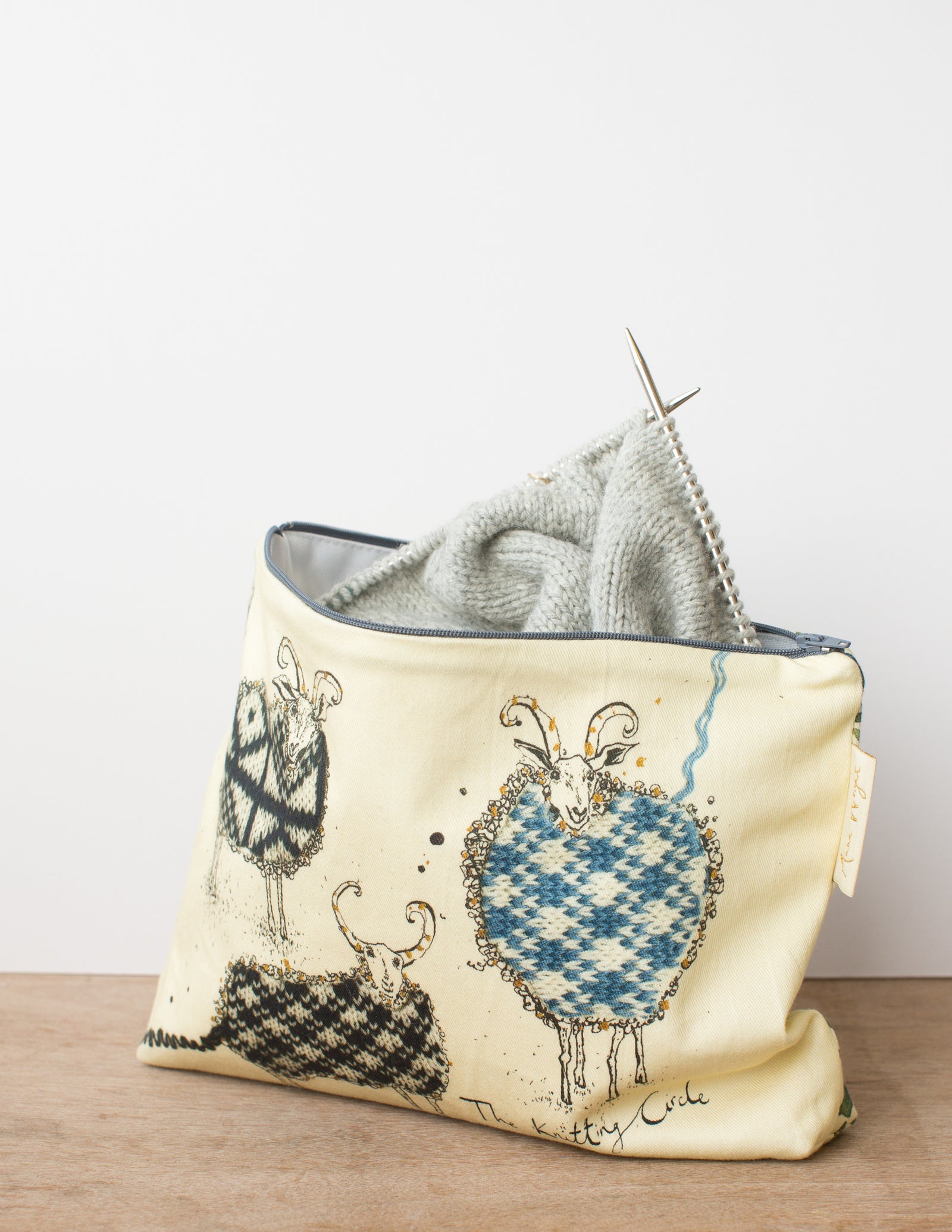
Zippered pouches in two sizes by our studio neighbour Anna Wright
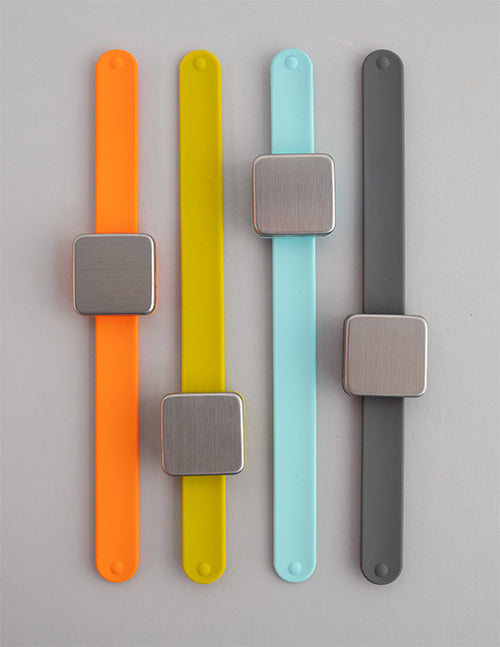
keep small tools accessible with the Maker's Keep
gift 2019
Subscribe to our Colourwork Club for a gift that lasts well into the new year. Your recipient will receive a new colourwork kit in Janurary, February and March
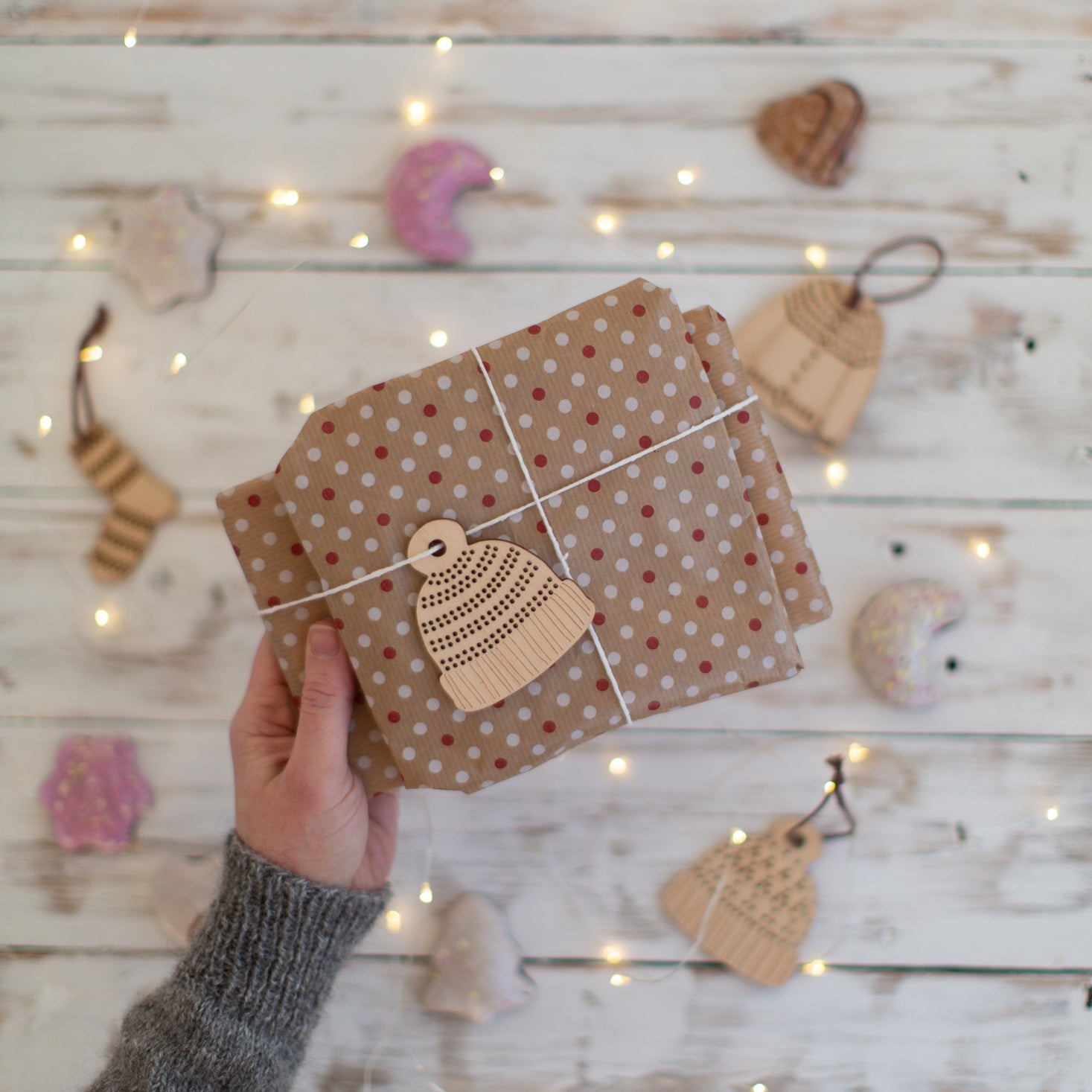
Subscribe to our Colourwork Club for a gift that lasts well into the new year. Your recipient will receive a new colourwork kit in Janurary, February and March
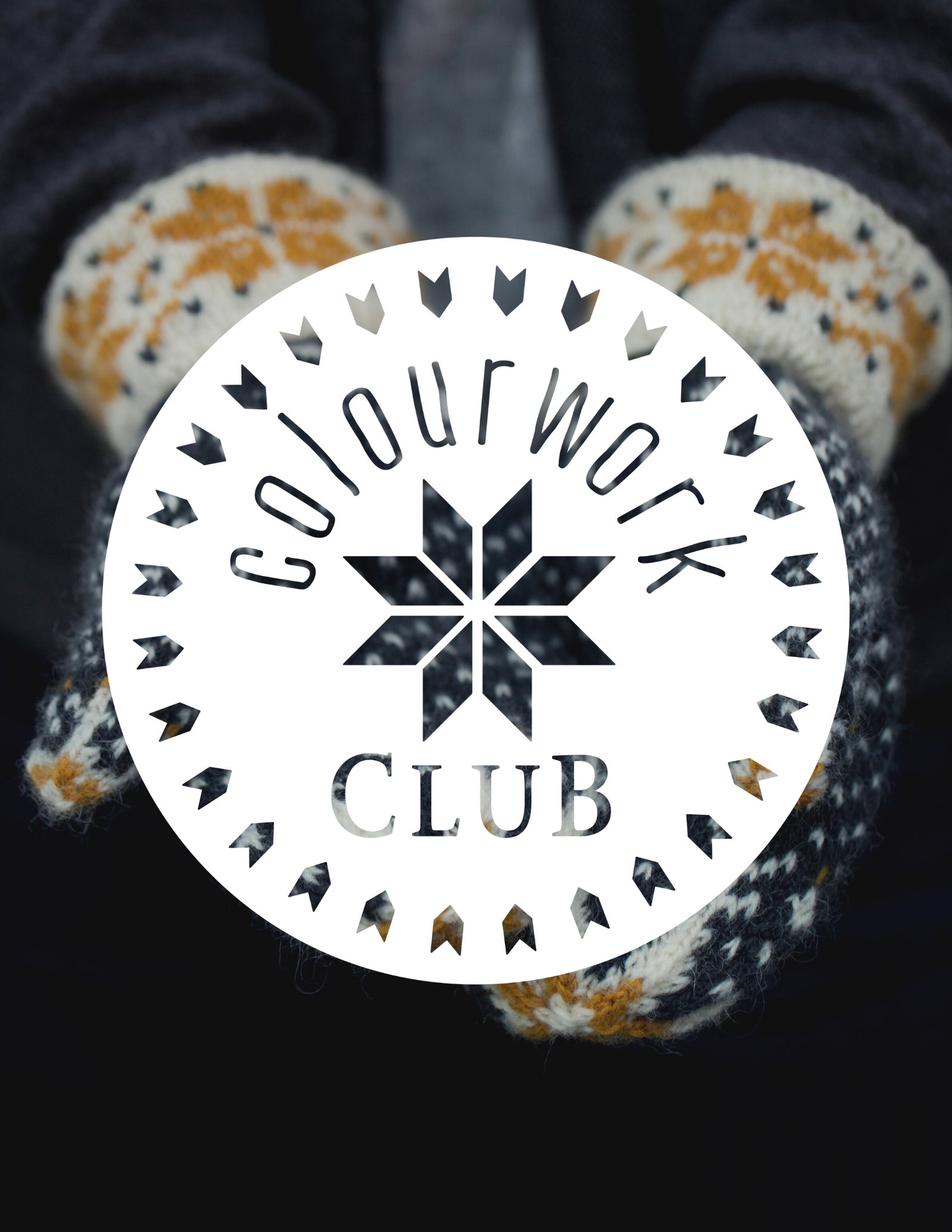
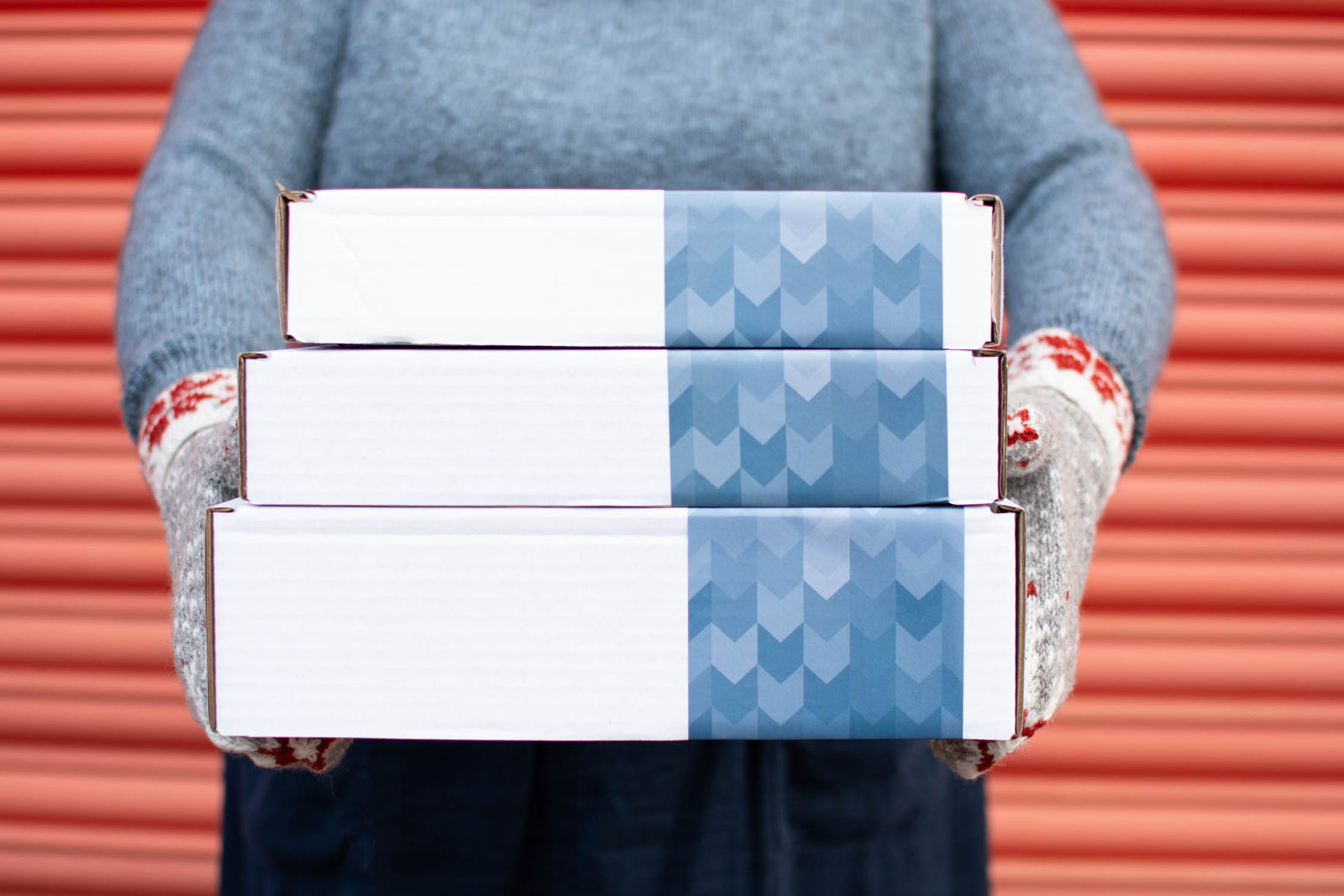
Last minute shopping? Gift cards are delivered electronically - forward the email or print it for your recipient. A range of amounts are available and gift cards don't expire.

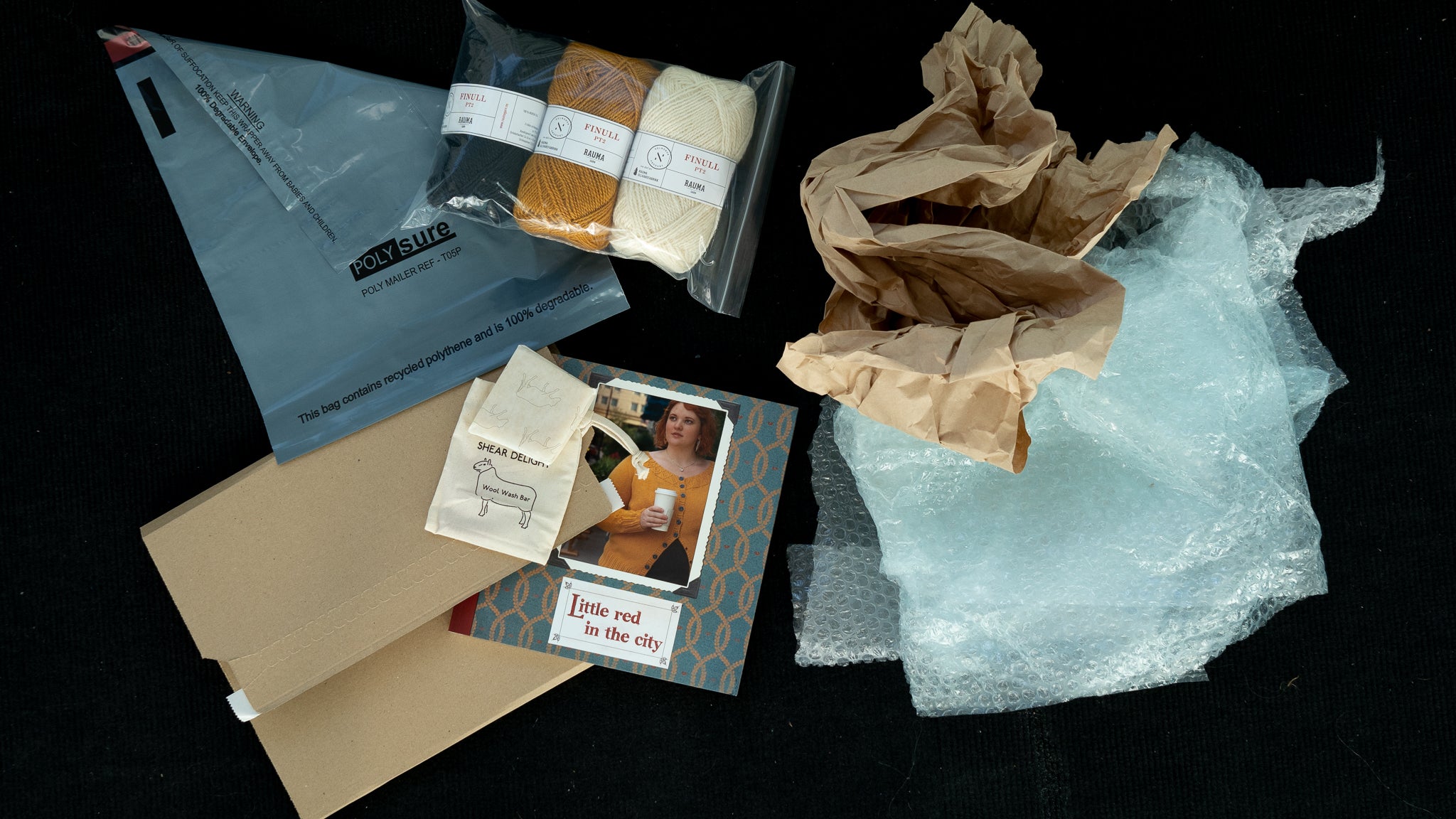
A few random notes on sustainability
September 20, 2019
Today we're seeing huge, and vitally important, global youth led protests for action on climate change. There's so much of the narrative around sustainability that focuses on small individual changes, in a way that I can't help feeling is engineered to detract from the level of major change required from big business and government. At the same time so much of the zero waste movement is so elitist, and weirdly focused on buying new stuff instead of using up what you have. But... trying to reduce our impact, as individuals, and as a business, has to help. Here are a few notes on things we do, and that we could do better (although I'm sure there are lots of other ways I haven't included here). I'd love your input.
Packaging
A lot of our packaging decisions are based on keeping shipping costs as low as possible, and reducing the risk of anything arriving with you damaged. Both of those things are also good for sustainability: lighter packages are cheaper to ship and use less fuel and reducing waste of anything is positive.
Mailing bags
Our first choice for shipping yarn is biodegradable mailing bags. These protect the yarn better than paper / cardboard, and are the lightest option we've found. They're fully recyclable and biodegradable. You can also easily reuse them, although if you want to I'd recommend doing so quickly — they do have a shelf life!
Cardboard boxesFor heavier, bulkier items or mixed orders we tend to use cardboard boxes. We order many of our cardboard boxes in custom sizes, to perfectly suit certain products, both in terms of size and strength. This means we don’t need to use extra materials to bulk out the package and things like books aren’t shifting around and getting damaged. It also means that the overall package is the lowest possible size and weight for shipping. The boxes can be recycled and should arrive with you in a state where they can be reused multiple times.
Book wrapsWe ship smaller book orders in specially designed book wraps produced by a climate neutral company. These are made from a combination of recycled paper and FSC certified wood. They can be recycled and help to prevent damage to (and therefore waste) books.
Packaging improvementsIn terms of packing materials there are a couple of areas that I’d really like to improve. The big ones are bubble wrap and clear plastic bags. We’ve recently found a source of biodegradable bubble wrap which we’ll be switching to when our current roll runs out (nothing sustainable in not using what we already have!). Most of the bubble wrap we use is to protect hardback books — much as I personally love hardbacks I’m definitely pro paperback in terms of shipping. They’re less likely to get damaged, weigh significantly less so fuel consumption and shipping costs are lower, and they need less packaging.
The clear plastic bags are tricky. Most of the yarn we receive from suppliers arrives in bags, and it’s hard to see an alternative that would work at scale. We stock 136 colours of Finull PT2, being able to see what’s in each bag on a shelf makes a huge difference in a warehouse environment. We also use clear grip bags to package our yarn packs and kits. These are recyclable, but most plastic recycling in the UK is shipped overseas and extremely problematic. Being able to see what’s in a kit at a glance helps us to reduce shipping errors and reduces labelling requirements. I hope that people reuse these bags, but I would like to replace them with an alternative that functions as well. There are some biodegradable options available but the shelf life is an issue! We don’t want them to fail if we, or customers, use them for longer term storage.
Products
Most of our yarns are 100% wool, and we aim to stock a high percentage of yarns using wool that might not have a market if it weren’t for hand knitting. We also intentionally choose to stock yarns that will make garments you can wear for years, mend, and hand-down. There’s a lot of conflicting information out there about the sustainability of wool farming, and a lot that depends on individual practice, but be aware that the leader of recent campaigns against wool has been PETA, an extremely biased organisation. I'd view anyone trying to convince you that petrochemical based fibres are more sustainable than wool with extreme skepticism.
The only wool wash we sell is a solid bar with plastic-free packaging. We don’t have any desire to ship liquids, they’re heavy, often restricted by customs, and can leak. Although it’s obviously not something we can do while we’re online only I’d love to see physical yarn stores do bulk refills of liquid wool wash — does anyone know of a store doing that?
In the studio
MothsWool moths are a huge problem in Edinburgh, and are apparently on the increase throughout the UK. We obviously take the risk of damage to stock, or of sending you something that could hurt your stash, very seriously. We switched from pesticides to using a natural option — tiny parasitic wasps that eat the wool moth eggs. These are the size of specks of dust, so much less scary than “parasitic wasps” sounds, come on small cards that we just place throughout our yarn shelving so there’s nothing to contaminate the yarn or air, and we’ve found them really effective. The supplier we used seems to have stopped shipping to the UK (thanks Brexit) but if you’re looking to try this here’s a UK store https://www.dragonfli.co.uk/products/clothes-moth-egg-killer-trichogramma-evanescens
Reusing and recyclingWhere possible we reuse packaging we receive. Things like bubble wrap and paper we reuse ourselves. We don’t usually have a use for things like packing peanuts and those big air pillows but the clay studio across the hallway loves them. Packing materials we can’t reuse, like the giant boxes yarn comes in, our recyclable general office waste, and surplus or damaged books are recycled by a local charity. On a micro level Bex composts our coffee grinds and food waste.
Office suppliesWe use recycled, recyclable and biodegradeable options as much as possible and we're always trying to reduce how much paper we use and find better alternatives.
EnergyWe're located in a building with shared utilities so we don't have as much control as I'd like, but reducing our energy consumption, especially from computers and dyeing, is something we're working on. One reason for our current location, and that I'd want to prioritise if we ever moved, is that it allows everyone in our team to commute by bus, bike or walking — being further out of the city would certainly be cheaper but that would be a major disadvantage.
Marketing
This might be the hardest thing to write about, and one that might not seem like it has much to do with sustainability. However, the reality is that most businesses selling stuff succeed by convincing you to buy more stuff than you need, using manipulative tactics. This is an incredibly unprofitable industry (in comparison to others), and it's very seasonable, just selling enough to break even and maintain cash flow is really challenging so there's a lot of pressure to market in the most effective ways. There are bigger questions, and decisions there for us, especially as Brexit looms. But I see so much of the knitting industry relying on marketing in a way that manipulates your fear of missing out on stuff, or that you have to be seen with certain yarns or project bags to be respected, or that being part of a community relies on sharing the stuff you've bought, and it's both incredibly non-inclusive and unsustainable.
I don't know if we always manage to balance marketing in a way that lets people know about the cool stuff we have that they might want, and that they might want to buy from a small independent business rather than a VC funded multinational, with not manipulating people into buying stuff they didn't really want or need, but it's definitely a goal. I'm never going to judge anyone for enjoying the creative resource of a large stash, or the inspiration of full bookshelves, but I hope you truly enjoy and use the things you buy from us.
Also in Journal
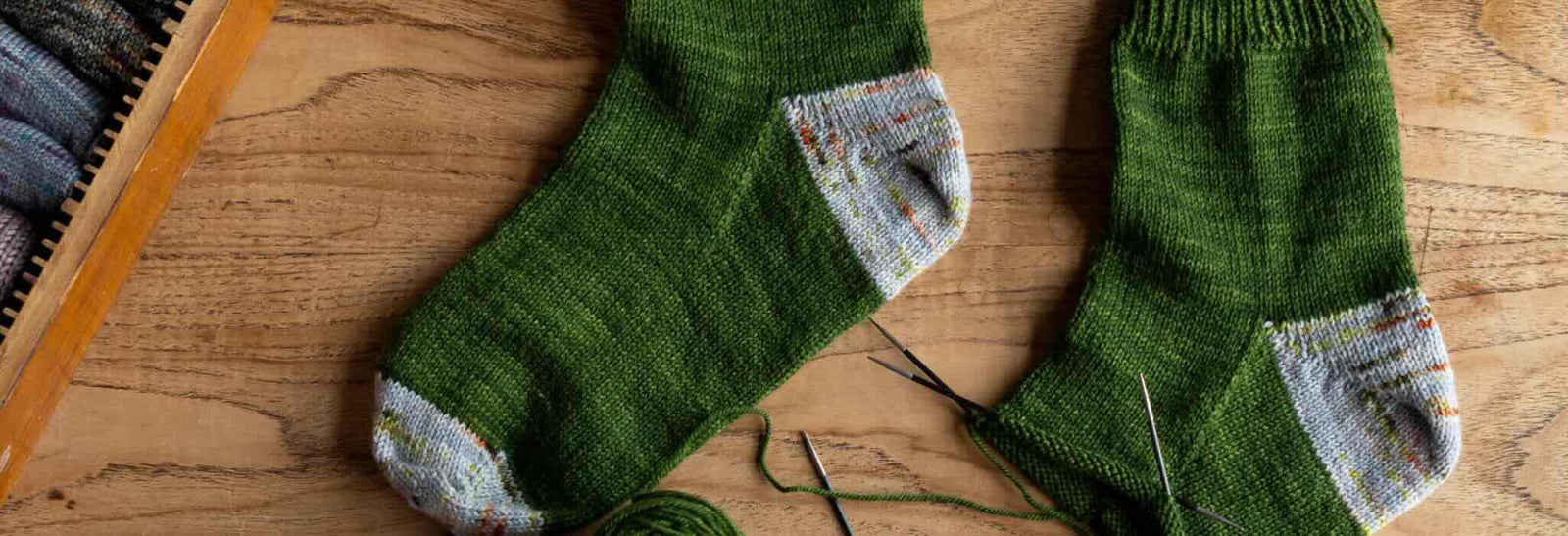
Deep Shadow Heel Tutorial
September 25, 2025

20 Years of Ysolda Knitting Patterns: Part 2
June 23, 2025

20 Years of Ysolda Knitting Patterns: Part 1
June 19, 2025
Recent Articles
-
Deep Shadow Heel Tutorial
September 25, 2025
-
20 Years of Ysolda Knitting Patterns: Part 2
June 23, 2025
-
20 Years of Ysolda Knitting Patterns: Part 1
June 19, 2025
-
Learn to Knit: Mattress Stitch
March 29, 2023
-
How to Knit a Scarf: A Beginners Guide to Scarf Knitting
March 23, 2023
-
Learn to knit: the long tail cast-on
February 03, 2022
-
How to Graft Your Knitting
December 09, 2021
-
Crochet Provisional Cast-on
December 02, 2021
-
Learn to knit: How to knit in the round with double pointed needles
November 25, 2021
-
Learn to knit: How to knit in the round using the magic loop technique
November 25, 2021
Free resources
-
KALS, step-by-step pattern guides and free patterns
Learn brioche with the free Daniel's Hat pattern
Tombreck - a free chevron beanie pattern
Working the brioche neck detail on the Polwarth sweater
Installing a zipper and ribbon, finishing wee Carson
Yarn colour ideas for Threipmuir sweater
Additional colourways for the Joy mitts (choose your pride flag)
How to join the shoulders on Wardie
How to join the pockets on Granton and Wardie
Finishing Resources for Granton
Broughton mittens tutorial part 1
Broughton mittens tutorial part 2
Broughton mittens tutorial part 3
Basics
Casting on
Decorative Channel Island Cast-on
Binding off
3 Easy Stretchy Bind-offs (p2tog bind-off; k2togtbl, k1 bind-off; Jeny's surprisingly stretchy bind-off)
Tubular Bind-off for brioche stitch
Increasing
Paired increase methods compared
How to continue in pattern while increasing and decreasing
Decreasing
Brioche stitch double decreases
Knitting in the round
How to Knit in the round using Magic Loop
How to Knit in the round using DPNs
Short rows
Swatching and gauge
Tips and tricks
Avoiding ears when binding off
Tighter purl stitches for neater cables and ribbing
Cabling without a cable needle
How to knit more symmetrical yarn overs
Bust darts in sweaters with all over stitch patterns
A magic formula for evenly distributing shaping
Superwash v Non-Superwash Wool
Picking up sts from the middle of the fabric
Reading knitting patterns
Understanding "continue in pattern"
Help! Where am I in my knitting project?
Using charts, even if you hate them
Finishing
Garment knitting
Joining the body and sleeves on a seamless bottom up sweater
Sizing
Ysolda’s sizing chart for knitwear designers
Inclusive garment knitting
How to pick a garment without a model for you (specifically addresses finding garment patterns when your gender identity isn't represented and the styles you want to knit might not be sized to fit your body)
How does ease affect inclusive size ranges?
Specific stitch patterns
Lace
Identifying and fixing mistakes in lace knitting
Colourwork
Getting started with stranded colourwork
Understanding colour dominance
Working stranded colourwork over small circumferences
Decreases in stranded colourwork
Holding the yarn for stranded colourwork
Ladderback Jacquard (a neat way to deal with long floats)
Cables
Cabling without a cable needle
Cabling without a cable needle on the wrong side
How to knit cabled decreases
Closed ring cable increases and decreasesBrioche
How to work brioche stitch in the round
Other crafts
Cross stitch
How to begin your first large cross stitch project
How to finish a cross stitch project with an embroidery hoop frame
Mending

Sign up today
Find out the latest news from the studio such as sales, pattern releases, and new workshops or KALs our learning community, The Knitwork. We also share helpful tips and exclusive subscriber discounts...



